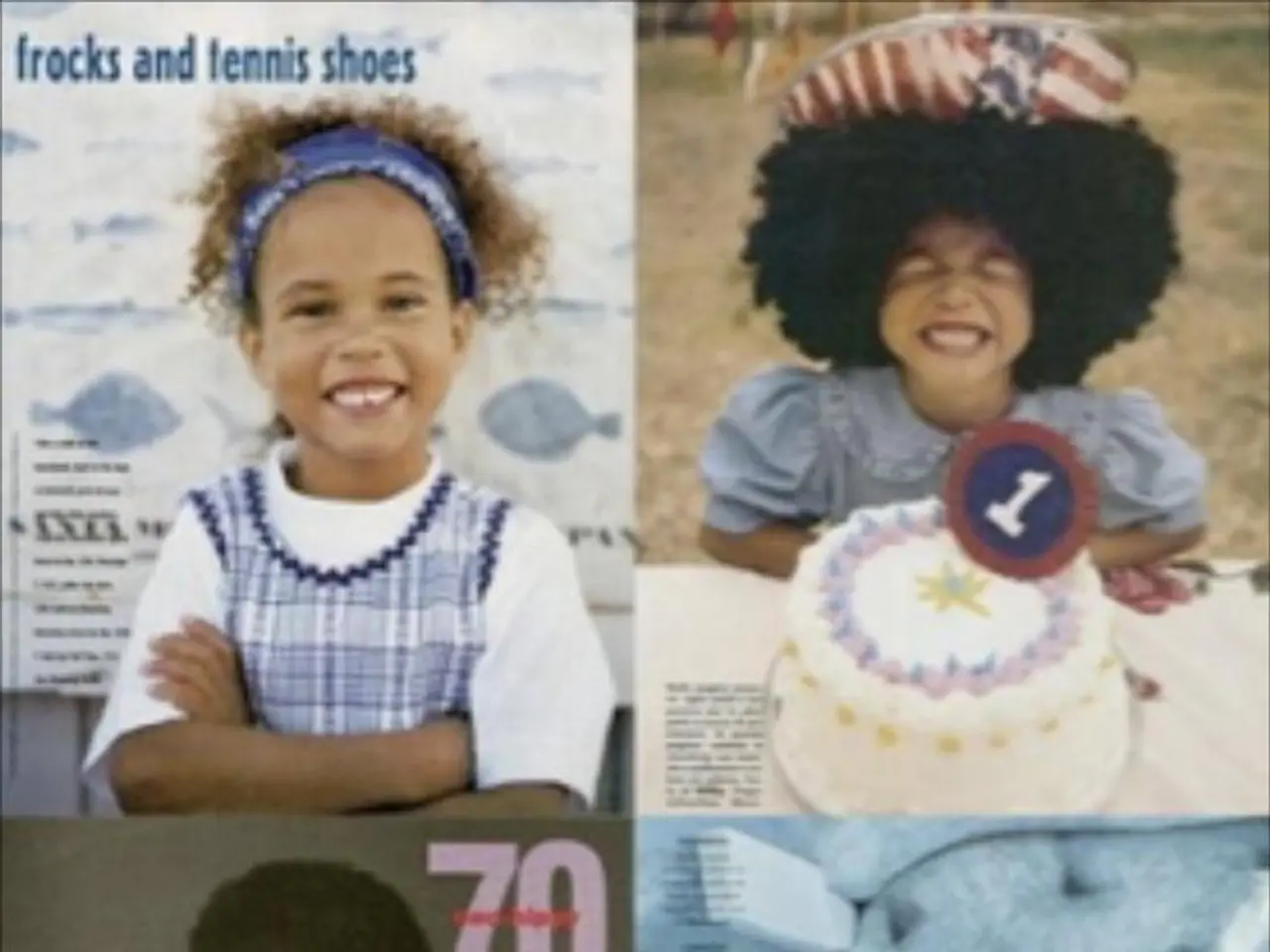Healing Childhood Traumas through Connection: Embracing the Five Love Languages Approach
Healing from childhood trauma can be a challenging journey, but understanding one's emotional needs and preferred ways to feel loved can make a significant difference. The 5 Love Languages approach, a popular relationship-building tool, can also be used to help individuals heal from childhood trauma.
Fostering Dependability and Building Trust
Taking tangible steps to prove reliability and intent can help rebuild trust in relationships. Creating a reliable dialogue of support and affirmation isn't just nice; it restores trust and crafts a safe haven in relationships.
Identifying and Speaking the Survivor's Primary Love Language
Understanding a survivor's primary love language is crucial in rebuilding trust and connection. By speaking their language, you meet emotional needs in a way that feels safe and meaningful.
Being Consistent and Attuned
Being consistent and attuned in expressing love is essential. Adapt to trauma triggers by offering love through their preferred love language while being sensitive to their emotional state. For example, physical touch may be healing or triggering depending on trauma history.
Combining Love Languages with Trauma-Informed Therapeutic Approaches
Using the love languages as tools within safe relationships can foster attachment security, emotional regulation, and vulnerability over time. Combining these expressions of love with trauma-informed therapeutic approaches such as TF-CBT, EMDR, play therapy, or parent-child therapy can address the deeper processing and coping skills needed alongside love expression.
Building Self-Esteem and Emotional Understanding
Positive affirmations can be a stress shield and problem-solving booster in battling the negative self-chatter inherited from past trauma. Quality time can be the balm for relational fractures, enhancing intimacy and emotional understanding.
Addressing Long-Term Effects on Relationships and Emotional Regulation
Childhood trauma can profoundly impact attachment and trust, emotional regulation challenges, and relationship patterns. Trauma can result in difficulty forming secure relationships, emotional outbursts, withdrawal, hypervigilance, or shutting down, which can impair communication and closeness.
Mistaking Trauma Responses for Love
Unhealthy patterns such as inconsistency or emotional neglect can become normalized, leading to confusion about what true love and security feel like. Physical and psychosomatic symptoms such as headaches or stomachaches can result from ongoing stress and anxiety.
Challenges in Parenting or Nurturing Roles
Childhood trauma can also impact one's ability to parent or nurture roles later in life, potentially continuing intergenerational cycles if healing does not occur.
Seeking Professional Support
Seeking professional support can facilitate exploration of trauma and new strategies for healing. Sharing love languages with your circle, partners, friends, and family, fosters empathy and strong ties, further aiding in the healing process.
In sum, healing childhood trauma with the 5 Love Languages involves safely expressing love in ways that resonate with the individual while simultaneously addressing trauma through therapy and supportive relationships. This dual approach helps rebuild trust, improve emotional regulation, and foster healthier relationships long-term.
- Journaling about emotional needs and preferred ways to feel loved can provide a self-development tool for personal growth, aiding in healing childhood trauma.
- Collaborating with mental health professionals who utilize evidence-based therapeutic approaches like TF-CBT, EMDR, or play therapy, in conjunction with understanding one's primary love language, can bolster the healing process and promote mental health.
- Incorporating a lifestyle of health-and-wellness practices such as mindfulness, exercise, and balanced nutrition can fortify the resilience and coping mechanisms essential for long-term healing and effective emotional regulation.
- Exploring education-and-self-development resources on topics like mental health, relationships, and personal growth can further enhance the understanding and application of the 5 Love Languages approach in the quest for emotional healing.
- Cultivating open communication and vulnerability within relationships can serve as a catalyst for healing, fostering trust, mutual support, and emotional understanding.




